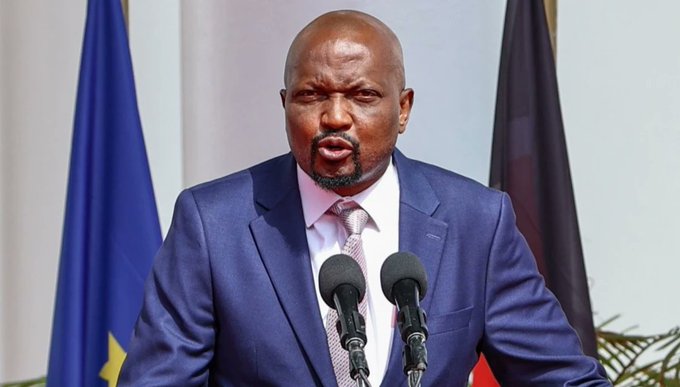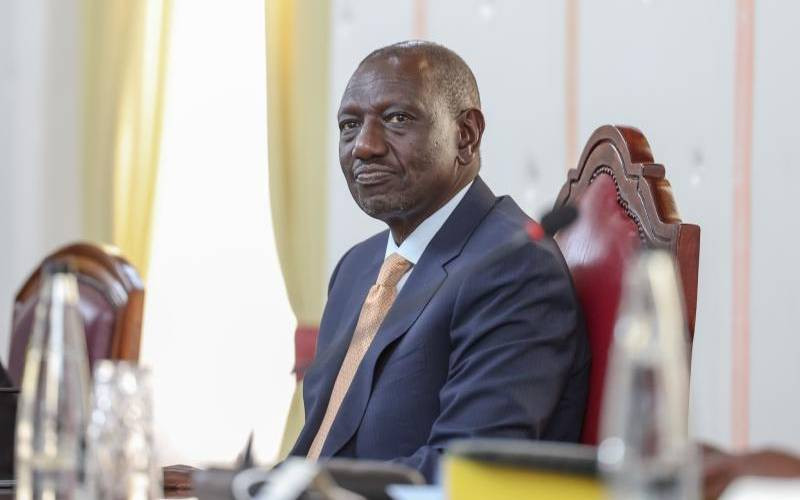Radio Africa Group, the media conglomerate behind some of Kenya’s most prominent media brands—Classic FM, Kiss 100, Radio Jambo, East FM, Gukena FM, The Star newspaper, and Mpasho—has initiated a fresh wave of layoffs in a renewed effort to stay afloat amid a challenging economic and media environment.
The announcement, made by Group CEO Martin Khafafa, comes just weeks after the company formally shut down its television division, marking a significant shift in its operational strategy.
The retrenchments are part of a broader cost-cutting initiative aimed at addressing declining revenues and adapting to rapidly changing audience consumption habits.
“The restructuring is necessary to align our business model with market realities,” Khafafa said, emphasizing the need for the organization to remain sustainable in the face of disruptive industry trends.
Radio Africa’s move mirrors a troubling trend across Kenya’s media industry. Other legacy giants, including Standard Group and Nation Media Group, have also been forced to implement redundancy measures in recent months. Both companies are reported to have experienced persistent delays in paying staff and correspondents, pointing to wider financial instability.
The challenges stem from a perfect storm of factors: a steady decline in traditional advertising revenue, the rise of digital platforms, and escalating operational costs. With more audiences turning to mobile and online news sources, traditional media houses are facing increased pressure to reinvent their content strategies and monetization models.
Media experts argue that the current wave of layoffs is symptomatic of deeper structural shifts in how content is produced, distributed, and consumed.
“Legacy media must urgently accelerate digital transformation,” noted a media analyst at the Kenya Media Innovation Hub. “This includes adopting data-driven content strategies, exploring alternative revenue streams, and embracing digital-first journalism.”
For Radio Africa Group and others, the road to sustainability may lie in leveraging their strong brand equity to build scalable, digital-focused media ecosystems. However, in the short term, cost rationalization—including difficult decisions around staffing—remains an unavoidable reality.
As Kenya’s media landscape continues to evolve, the fate of traditional outlets will depend not only on how quickly they adapt but also on how well they can anticipate the needs of the modern, digitally-savvy consumer.









































